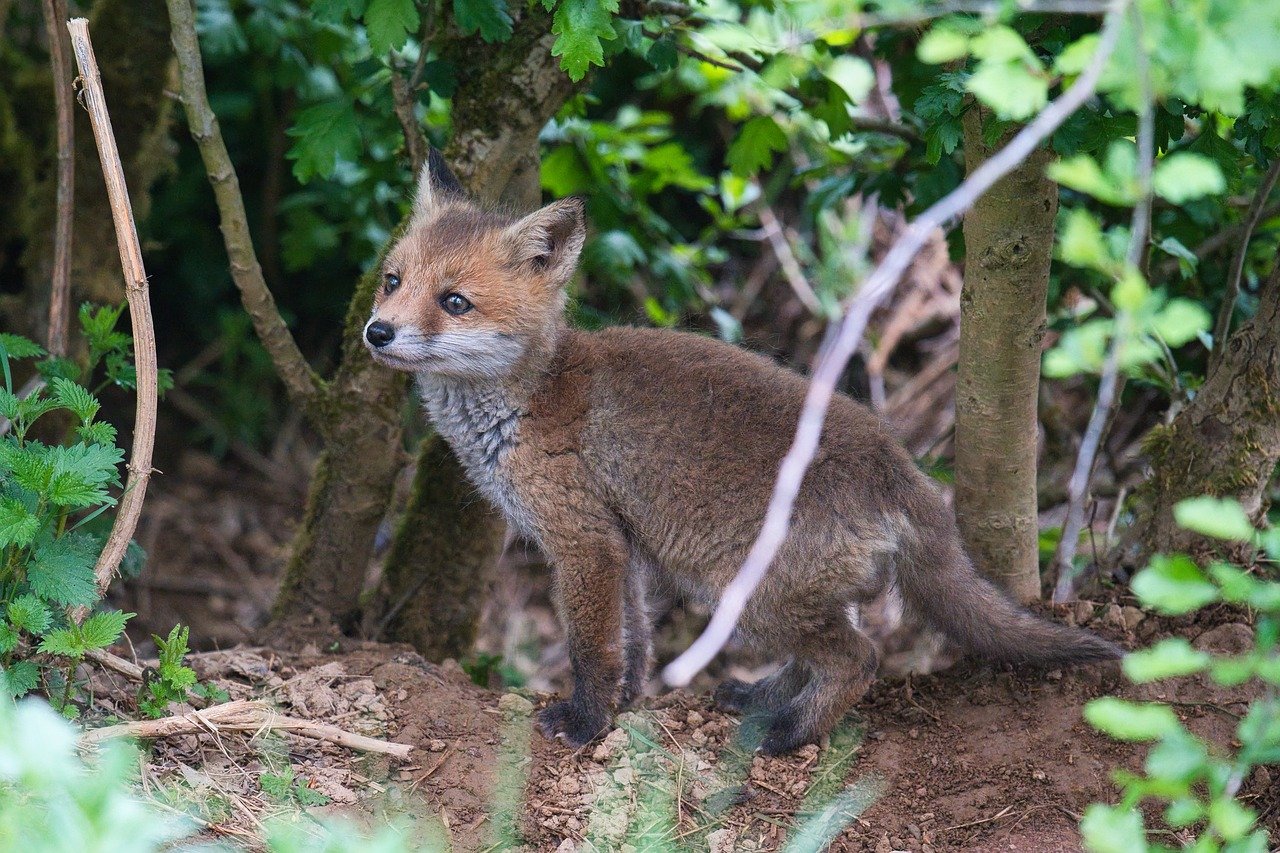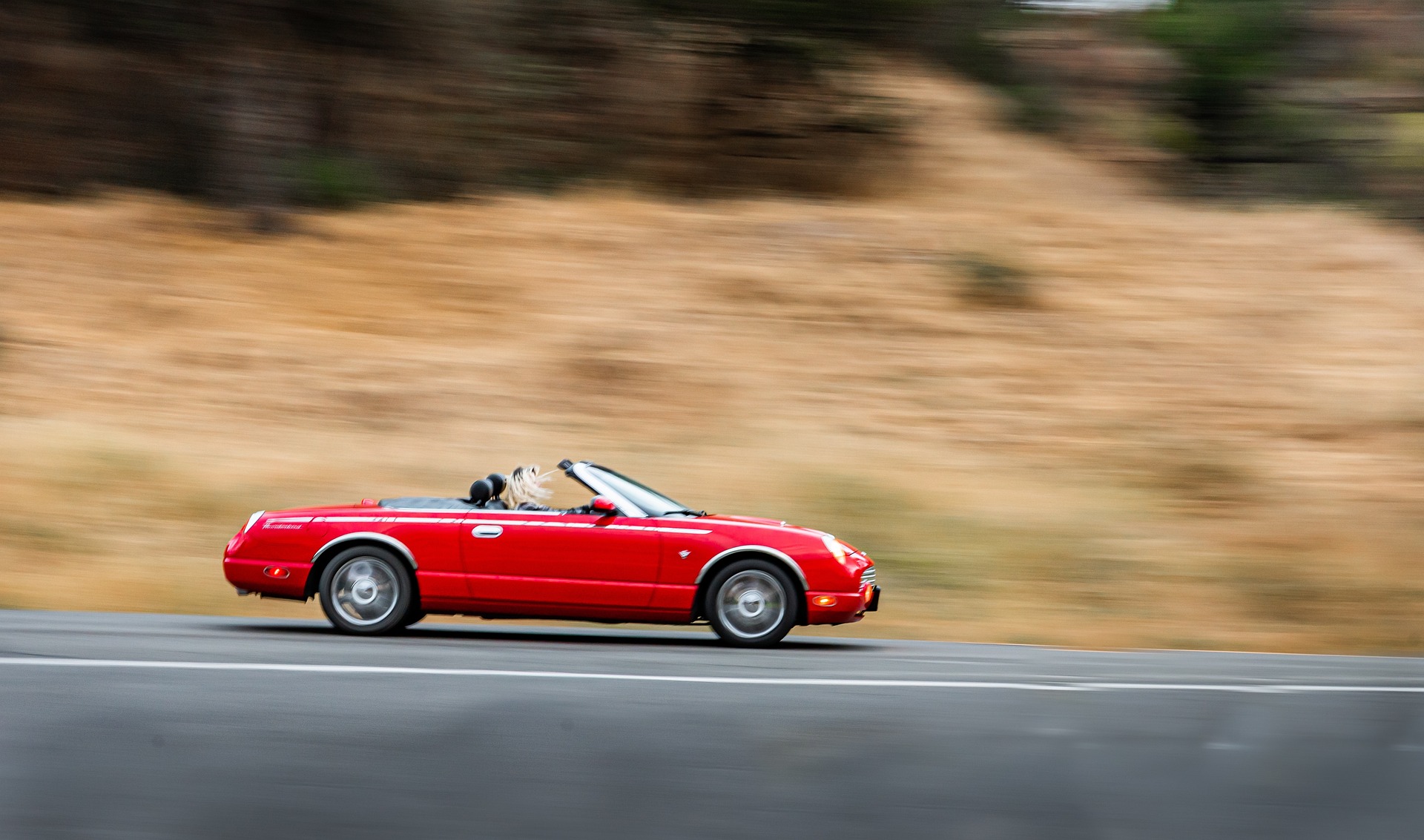Innovative Approaches to Wildlife Rehabilitation: A Contemporary Look
Introduction: In the dynamic world of animal care, innovative approaches to wildlife rehabilitation are taking center stage. This article dives into this fascinating subject, tracing its evolution and spotlighting the latest advancements that are reshaping the field.

A Historical Overview of Wildlife Rehabilitation
Wildlife rehabilitation has a long and rich history that dates back centuries. Traditionally, humans have always shown compassion towards injured or displaced wildlife, nurturing them back to health. The formalization of this practice started during the late 19th and early 20th centuries, with the establishment of wildlife hospitals and sanctuaries. During this time, wildlife rehabilitation was mainly a reactive measure, focusing on treating injured or orphaned animals.
Modern-day Wildlife Rehabilitation
In the 21st century, wildlife rehabilitation has undergone a significant transformation. It has transitioned from a reactive to a proactive field, seeking not only to rehabilitate individual animals but to address the root causes of wildlife displacement and injury. This shift involves a multi-disciplinary approach, incorporating fields such as ecology, veterinary science, and animal behavior.
The Role of Technology in Wildlife Rehabilitation
Technology has played a crucial role in the evolution of wildlife rehabilitation. Advancements in veterinary medicine, such as improved surgical techniques and innovative treatment methods, have greatly increased the success rates of wildlife rehabilitation. Moreover, the use of tracking devices and drones has enhanced monitoring and research capabilities, providing invaluable insights into animal behavior and habitat needs.
The Economic Impact of Wildlife Rehabilitation
While it is challenging to pin down the precise economic impact of wildlife rehabilitation, its significance cannot be understated. The industry contributes to the economy by creating jobs, attracting tourists, and promoting biodiversity, which has direct and indirect economic benefits. The sector is expected to grow in the coming years, driven by increasing public interest and growing awareness about wildlife conservation.
Wildlife Rehabilitation: The Road Ahead
Looking ahead, wildlife rehabilitation faces numerous challenges, including habitat loss, climate change, and increasing human-wildlife conflicts. However, the field is also ripe with opportunities. Emerging technologies, ongoing research, and evolving public attitudes towards wildlife conservation present exciting prospects for the future of wildlife rehabilitation.
Final Thoughts:
Innovative approaches to wildlife rehabilitation are transforming the way we care for wild animals. By embracing these advancements, we can contribute to the conservation of wildlife, ensuring a healthier planet for future generations. As we continue to learn and innovate, the possibilities are truly endless.






